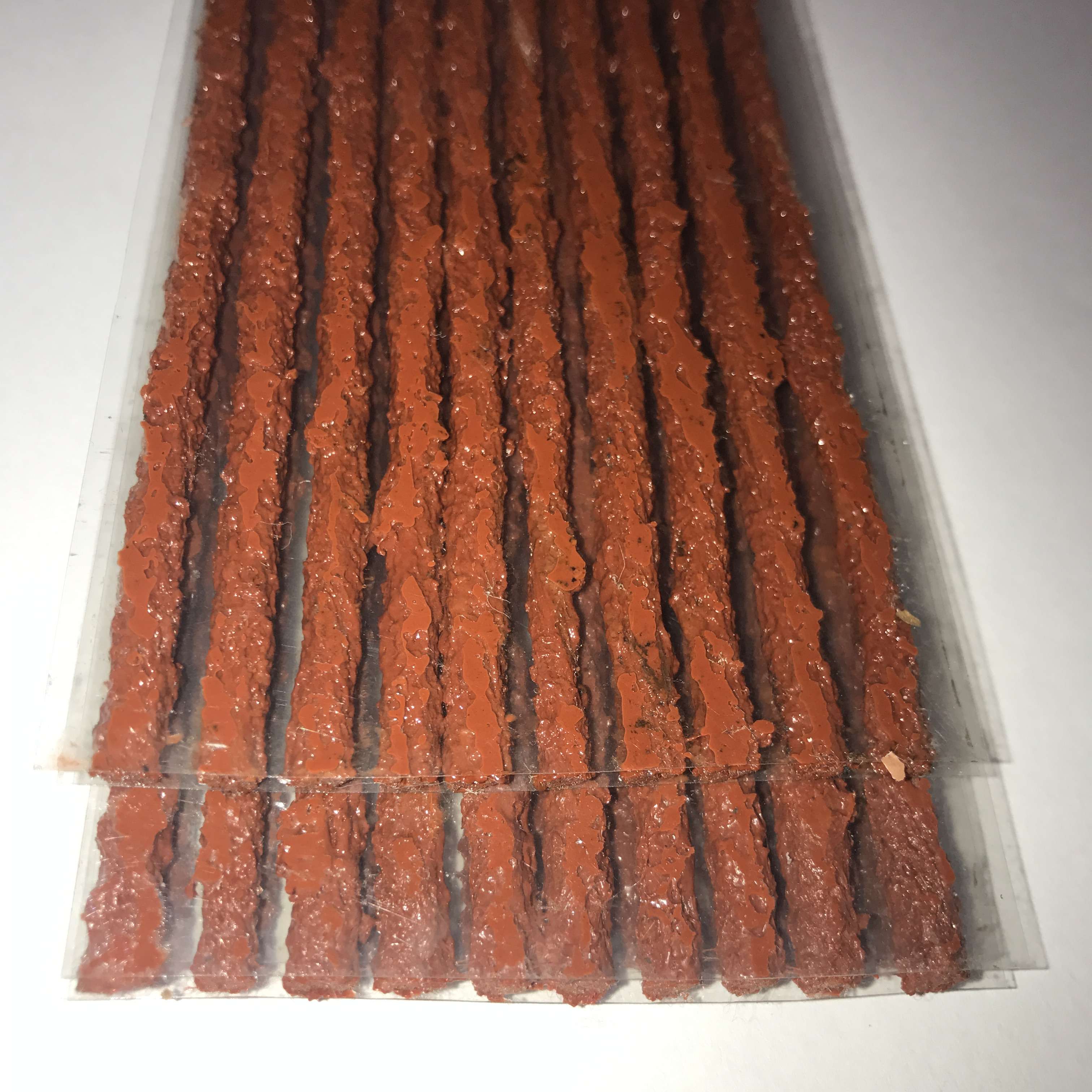How Plugs Work
Tire plugs are made of short strips of leather covered with a gooey, unvulcanized rubber compound. When forced into a nail hole, the plug fills the hole and the rubber goo vulcanizes under the heat of driving to fully seal the repair. Plug repairs can be made very easily and do not require the tire to be taken off the wheel to repair, although those who claim that repairs can be made with the wheel still on the car have clearly never tried to do so themselves.
Plug Pros and Cons
The advantages of plugs include low cost and simplicity, and most repairmen will tell you that the vast majority of plugs will last for the life of the tire. You can even plug your tire yourself the old-fashioned way, or buy a special tool that revolutionizes the process for the do-it-yourselfer.
On the other hand, it is clearly possible for a plug to fail, and that's never a good thing. However, most plug failures occur because the hole is too large for the plug or is otherwise irregularly shaped, in which case the damage should have been patched in the first place.



